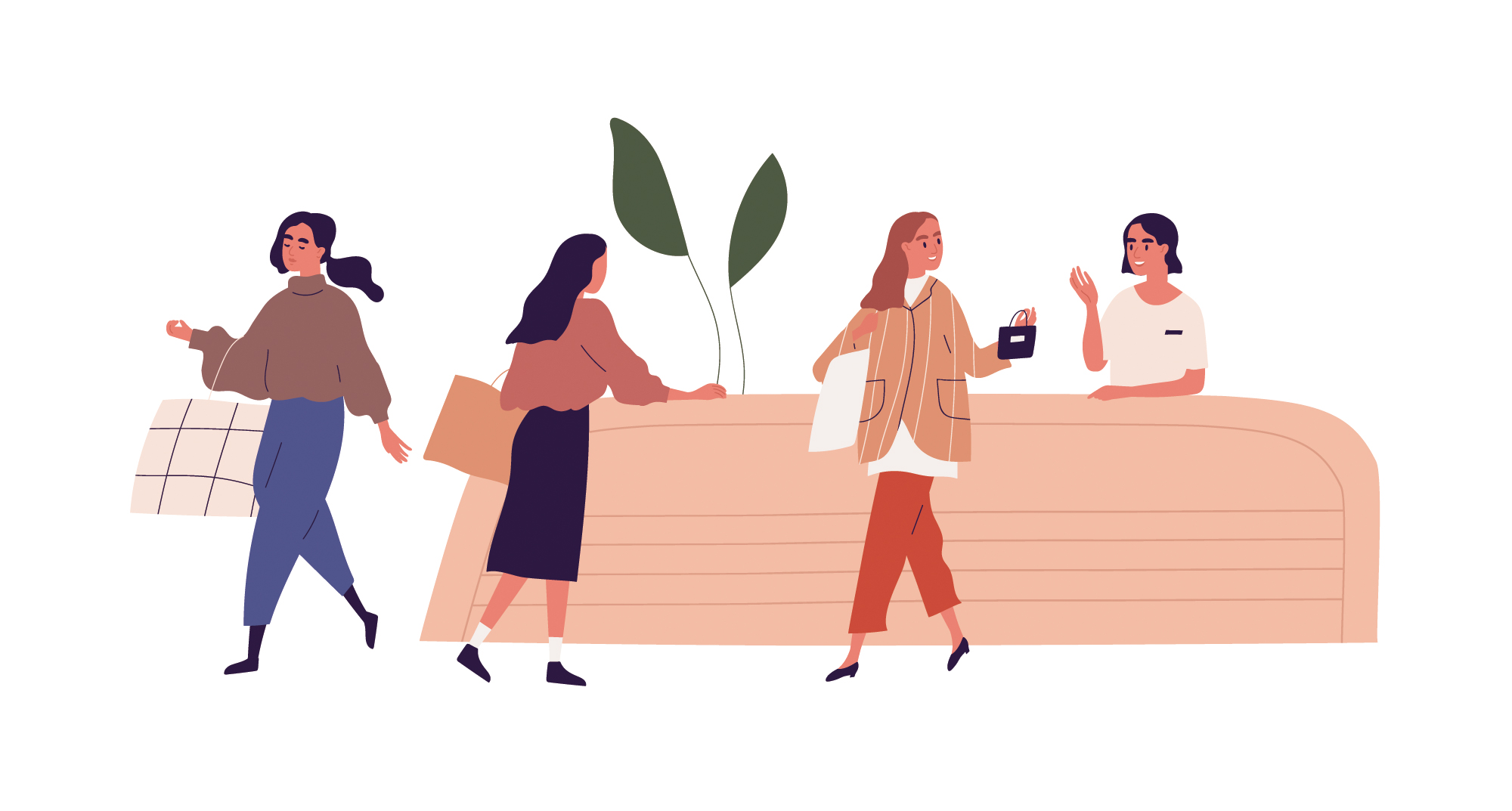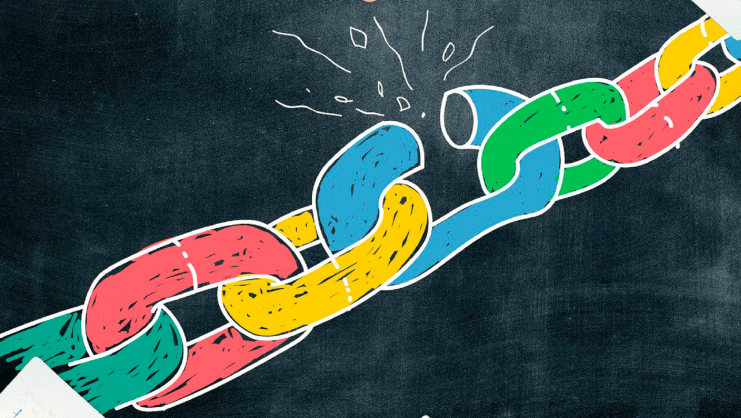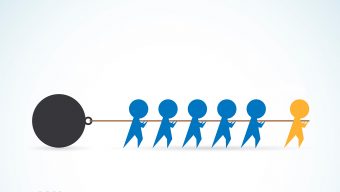Hello? Is there anybody in there? This Pink Floyd refrain seems quite applicable these days, particularly for those linked to the world of in-store retail. Due to the pandemic, retail has undergone a change that feels like the business equivalent of a natural disaster and the industry has undergone a striking transformation. Yet, even before people’s mobility was restricted because of Covid-19 lockdowns, there were several clear technology trends emerging in retail because of changes in consumer habits.
Both B2B (individual stores and multi-brand platforms) and B2C (drop shipping and online wholesale platforms) strategies had been focused on increasing digital sales and updating their logistics infrastructure in order to provide more rapid and efficient service for digital customers. In addition, those companies that were able to had begun to enlarge the physical footprint of their flagship stores in an effort to create unique experiences for those customers who walked through their doors.
All of these trends meant that businesses were making a myriad of adjustments to their brands, digital flows, logistics, supply chains, and human resources, just to name a few – all of which added up to a new way of operating. There are some points that are important to clarify about this new environment:
- The digital customer does not exist. Apologies to the marketing gurus out there, but a customer is a customer regardless of whether they are online or in-person. Rather, it is the channel that changes, and so businesses must understand the digital environment (again, not the “digital customer”) and how the virtual channel must deliver the very same things that the customer expects in the physical environment: good products and service, trustworthy brands, ease of shopping and returns, and a positive overall experience.
- Customers will not spend twice as much just because there are now two ways for them to make a purchase. Sure, customers might buy a little bit more but the addition of the digital environment means that their spending habits are simply spread across two channels rather than one. It also means that physical stores will have less traffic.
- Real estate will take a hit. If the digital marketplace – the newcomer – has been growing in double digits for years, it should be obvious what happens to its counter channel. Fewer physical retail spaces are needed and those that do exist must add extra benefits to the traditional shopping experience, such as unique services and multi-product offerings. This requires changes in logistics infrastructure, including storage premises and local warehousing centers, designated pick-up areas, and even storage boxes in apartment blocks.
These trends were already well on their way before 2020. The pandemic and the lockdowns simply accelerated them. Physical shopping has shrunk and digital consumption has grown more quickly because consumers were unable to leave their homes and then, when restrictions lifted and ease of mobility increased, many people remained hesitant to come into contact with others or enter crowded areas. Of course, as we continue to make our way back to some kind of normality, the online and offline retail environments will more or less balance out – but it’s important to remember that, regardless of the pandemic, the digital environment was always going to expand and take a bigger slice of the retail pie, and nowadays, at a bigger rhythm. One of the reasons for this is that there was a distinct consumer group, older in age and more reluctant to make purchases via digital channels, but this group learned to shop online out of necessity during the pandemic – and saw the benefits of its ease, convenience, and safety.
An online store is no longer an added benefit, even for the smaller retailers, but a necessity for survival.
Small, multi-brand physical retailers can take advantage of the current business landscape to evolve and improve their services. An online store is no longer an added benefit, even for the smaller retailers, but a necessity for survival. Not only does it allow customers to remain loyal to the retailer when they make online rather than in-store purchases (whether it is a free choice or one made under specific circumstances like a lockdown), but a digital channel can also attract new customers who would never have had the chance to walk by the physical store.
In addition, there are three key factors for physical retailers to keep in mind across all channels:
- Offer unique products. By identifying emerging brands, whether they are hyper local or from other countries, and products that have not yet made the leap to digital or into a particular market, retailers can offer customers something they won’t find elsewhere.
- Build loyalty through personalized and curated content. These days, shoppers are interested in more than just the product. They want guidance, advice, and expertise. When retailers can demonstrate that they – and each one of their employees and brand representatives – are knowledgeable about the market and are empathetic and understanding of their customers’ needs, they gain the trust of those customers who will return time and time again.
- Customize at point of sale. Another way to differentiate from other retailers, particularly the larger ones is to offer consumers the opportunity to customize their products upon payment. This customization can come in many forms but a quite common example is offering customers the chance to add their initials to the product.
In short, lockdown has not changed retail, it has only accelerated its evolution. In many ways, the pandemic has done a great service to the industry, by shedding light on its many strengths and weaknesses. It is now up to retailers to seize the opportunity that is before them. How can they determine what needs to be done? Just follow the customer.
© IE Insights.








